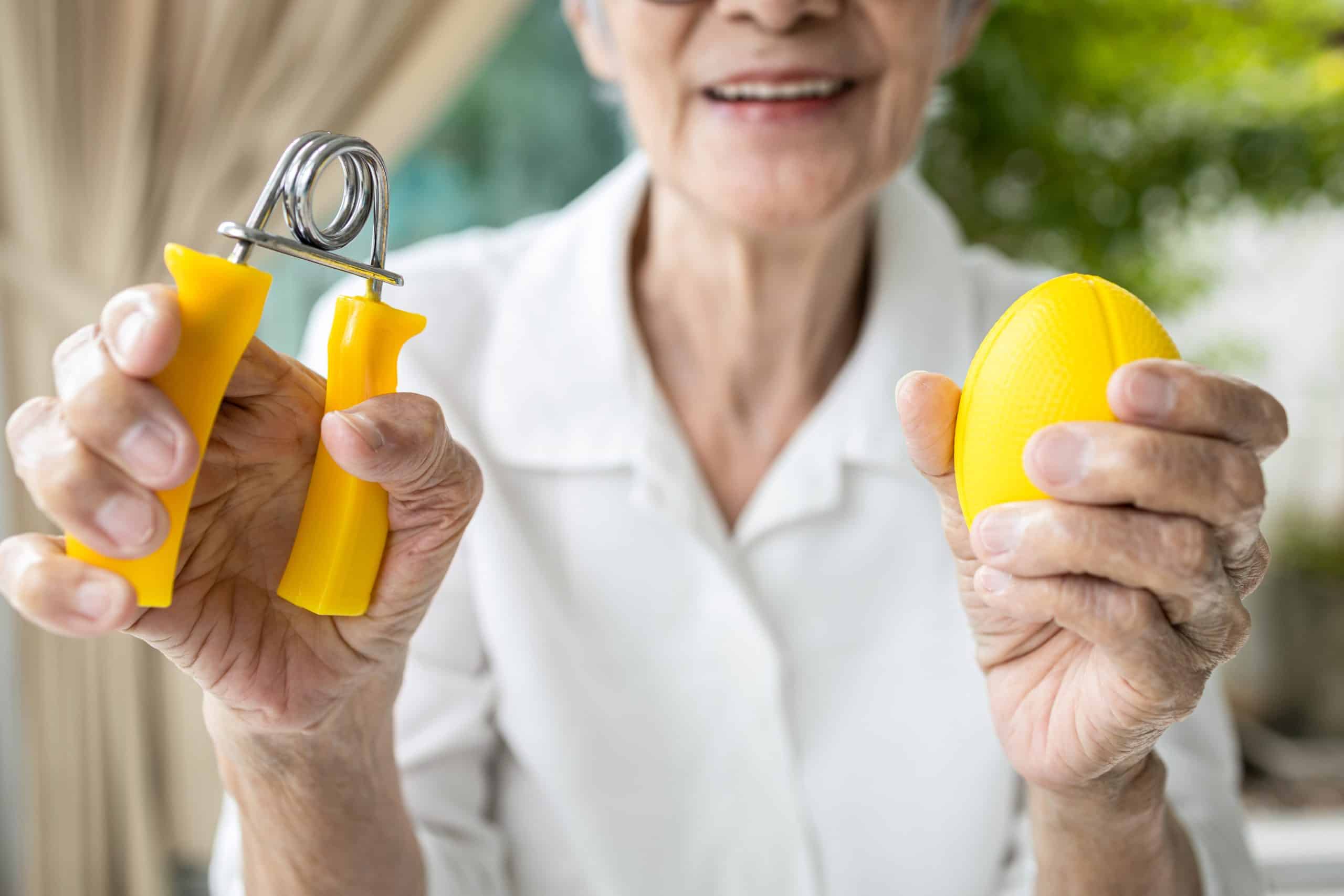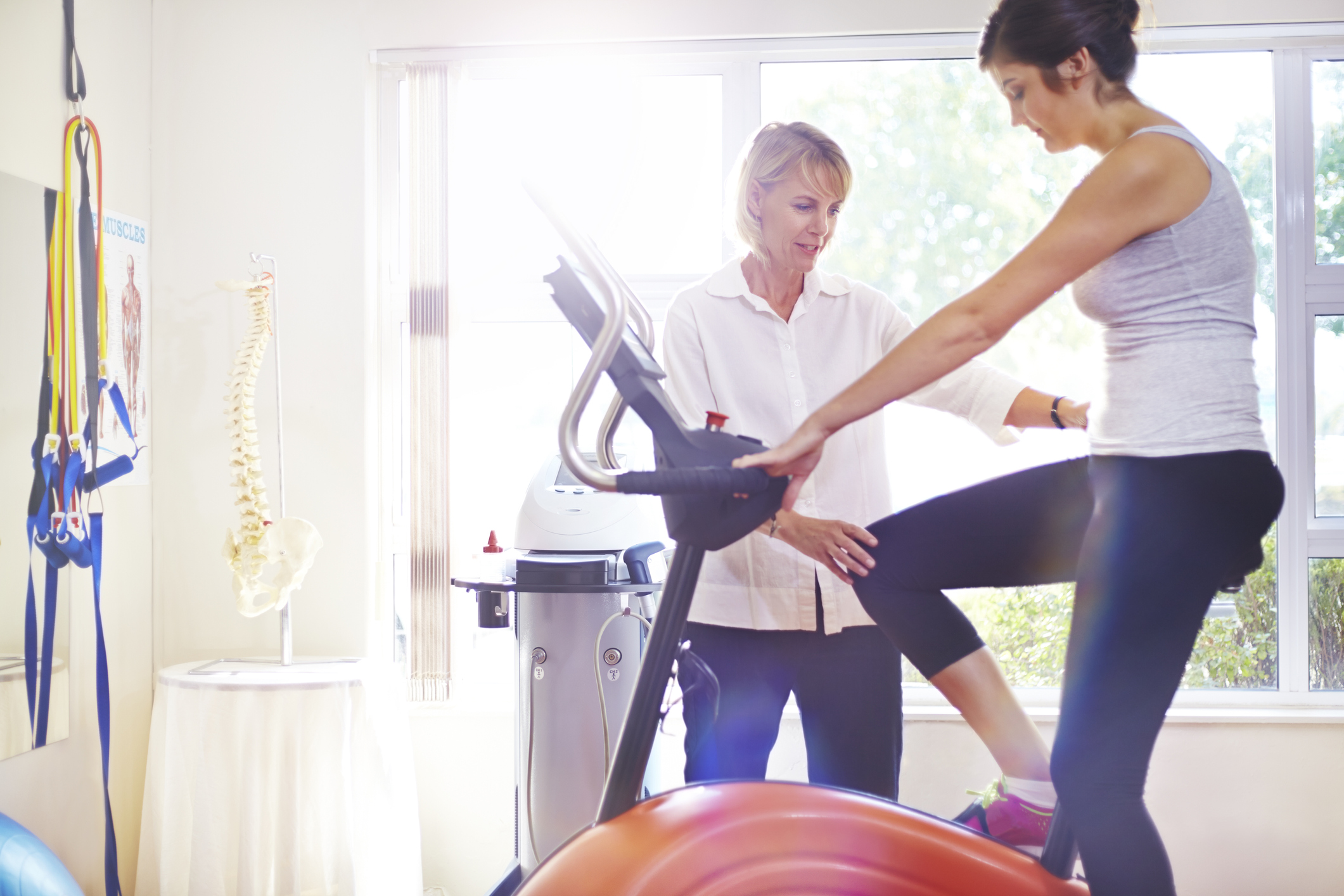4 Useful Ways To Improve Patient Compliance At Home
A home injury recovery success story always requires at least two people. You can be the best physiotherapist in the world, but if your patients don’t fulfill their end of the bargain by thoroughly completing their home rehabilitation programs, the whole process is bound for failure. Patient compliance is key.
Ensuring a patient is diligent with their home workouts and exercises is one of the most difficult parts of the job, mainly because once that patient walks out of your office, you have very little control over how they chose to follow your plan for them. Fortunately, there are a few methods you can use to increase the likelihood that your patients will help themselves on the road to recovery by following through on their home programs.
How To Improve Patient Compliance
Be Specific And Detailed
Sometimes, it’s hard to remember that your patients don’t always know the terms and jargon that you use as part of your profession, even if it seems like the most basic pieces of information.
This can lead to miscommunication and confusion when relaying a home program to a patient and if a patient is unsure of what to do or how to do it, they are likely to do it wrong or skip it altogether, reducing patient compliance. Take the time to create very detailed and specific instructions for your patients on their home program. Write it down and send it to them through email so they can access it whenever they want. Take the extra step of creating diagrams or videos so your patients can refer to instructional aids that are more visual. This will make the process a lot easier and increase the chances of your patients sticking to their home program.
Be Personable And Honest
Your patients are likely to face stumbling blocks on their road to recovery and most of the time those obstacles will be faced during their home programs. If your patients don’t have anyone they feel they can talk to about these difficulties, whether it’s a nagging pain, guilt about missing a couple days of doing exercises or being unsure about technique, they will keep it to themselves and allow the problem to worsen. You are a professional and someone your patients can trust, so go the extra step and make a commitment to asking them questions, giving sound and honest advice and taking an interest in your patients. They will feel more relaxed and willing to voice concerns, which, once again, makes following through on a home program (and boosting patient compliance) so much easier to do and do consistently.
Be Aware Of Your Patients’ Schedule
The number one reason patients do not complete their home injury recovery programs is a lack of time, whether real or perceived. Be upfront and talk to your patients about time management when discussion a home exercise plan. Be honest with them about the negative long-term effects on patient compliance of prioritizing certain activities over completing their rehabilitation and work with them to find solutions. Provide some suggestions that could help them multitask and complete their program. For example, can they do a part of the program while they cook dinner, watch TV or do other chores around the house?
Addressing time management and schedules attacks the root cause of your patients’ unwillingness to complete the home program and helps free them from the stress of jamming another task into their already overstuffed schedule. You can find some additional tips for time management at home here.
Be Persistent
While you can’t make a personal visit to your patients’ houses every single day to ensure they are keeping up with their home injury recovery programs, you should be persistent with them and remind them often about completing their recovery process. Send emails or set up a basic mobile app that notifies patients when they should be doing their exercises. Ask patients in detail about their home injury recovery program routines and continue to stress the importance of doing the work at home so they can enjoy the long-term benefits.
While it may seem like nagging or bombarding patients with reminders and information, some people need a little bit of a kick to get going and they will thank you when they make a full recovery, thanks to improved patient compliance.
Conclusion
This concludes our post on 4 suggested ways to improve patient compliance at your sports injury or other clinic. Please leave any questions or comments in the space provided below.








